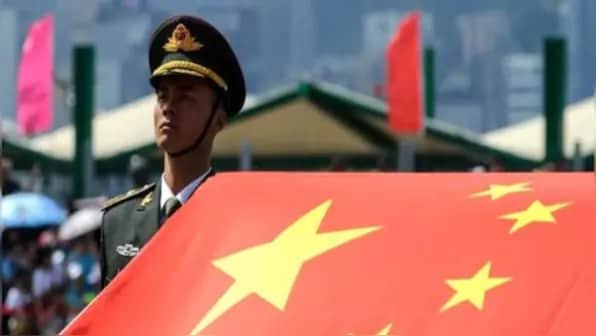
China’s latest defence budget hike—a 7.5 per cent climb to $258 billion—may seem to herald a new era of military assertiveness. Yet a closer look reveals the money, even accounting for a massive purchasing power parity advantage (where, say, an aircraft would cost 1/4th of what it costs for Western peers), is not adding up to a more secure China.
Beijing’s modernisation drive is unmistakable. The People’s Liberation Army (PLA) now operates three aircraft carriers, with a fourth nuclear‐powered vessel under development—an effort aimed squarely at matching US supercarriers. Complementing this is a navy that, by some measures the world’s largest, recently staged a bold deployment across Australian waters, signalling its ability to project power far from shore.
On the tech front, the PLA is not content to rest on conventional assets. The development of a purported sixth-generation fighter aircraft underscores its appetite for leaps in capability, while the rapid expansion of unmanned systems—from the Wing Loong-2 (GJ-2) drone to the Rainbow-4 reconnaissance and strike craft and newly unveiled KVD002 medium-altitude, long-endurance drone operating at both theatre command and group army levels—pivots towards modern, networked warfare.
Yet behind these impressive headlines lie substantial fiscal and institutional challenges. Nearly 35 per cent of China’s defence spending is swallowed by salaries and pensions—a necessary expense but, given an ageing China, a larger drag for a war-ready force.
Content retrieved from: https://www.firstpost.com/opinion/how-chinas-massive-defence-spending-doesnt-ensure-strategic-security-for-it-13874261.html.




